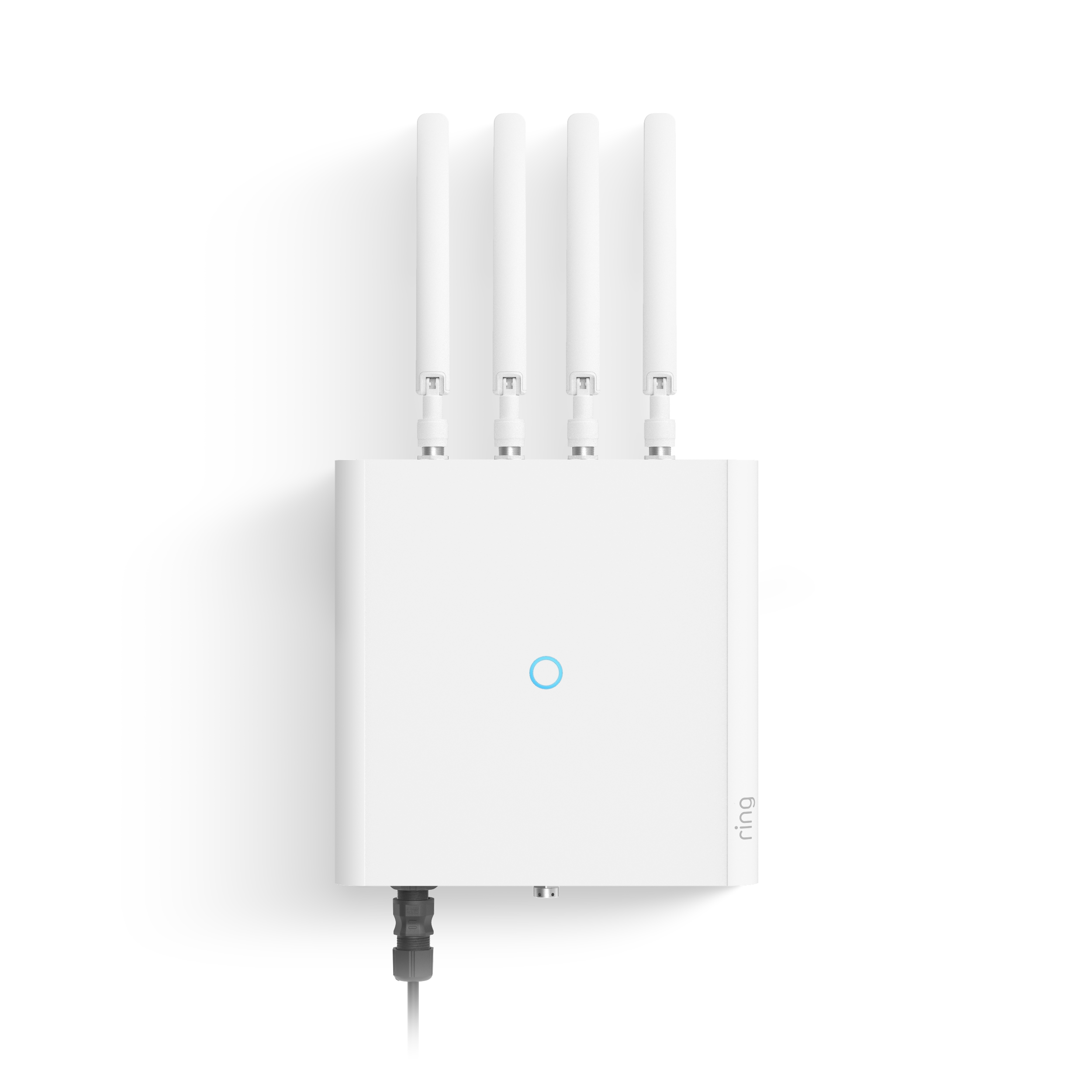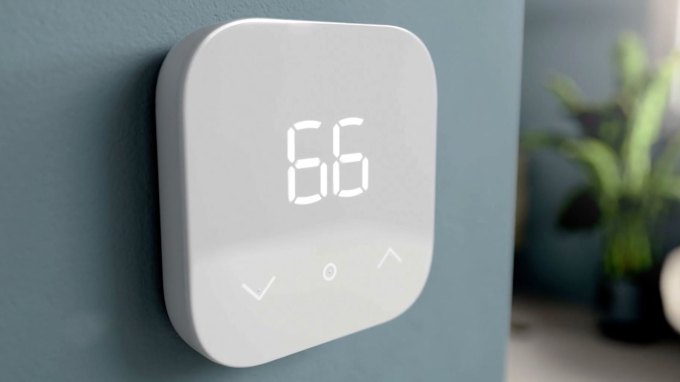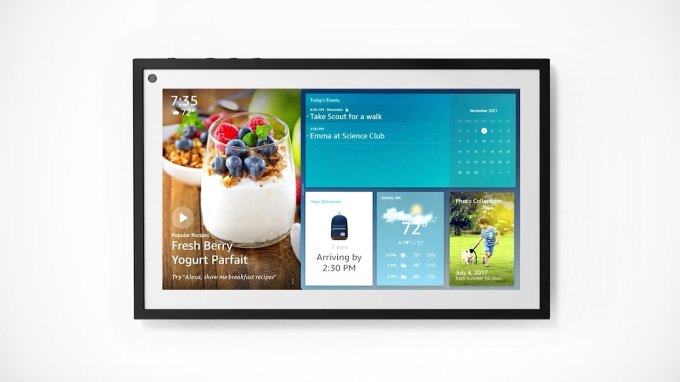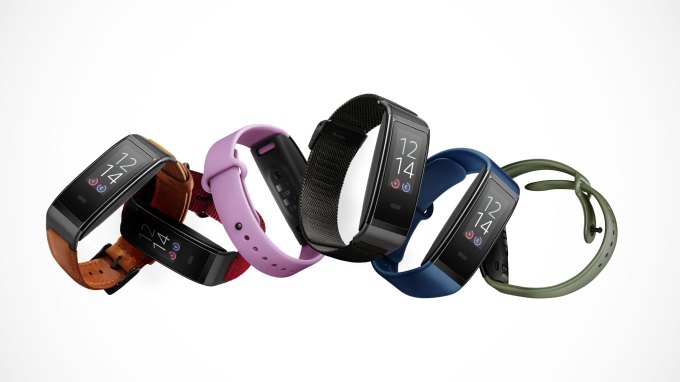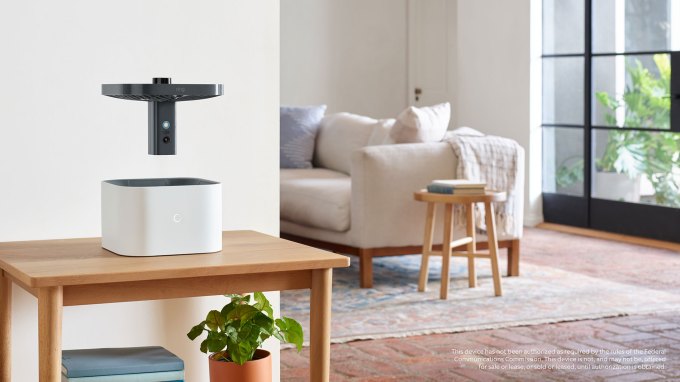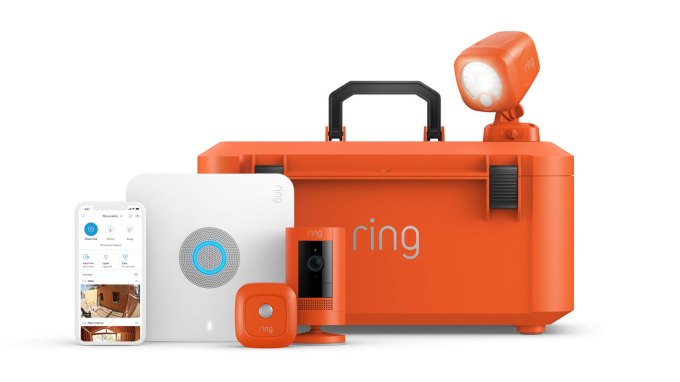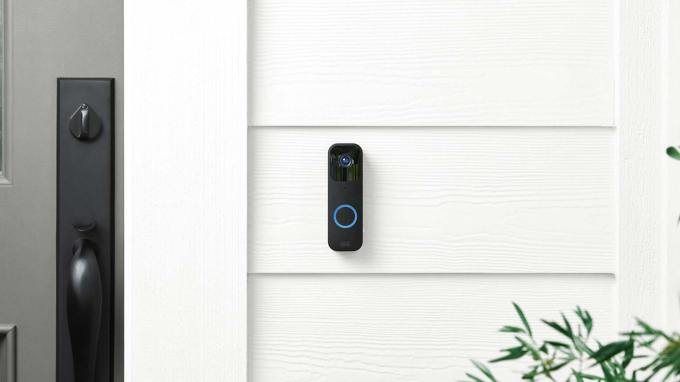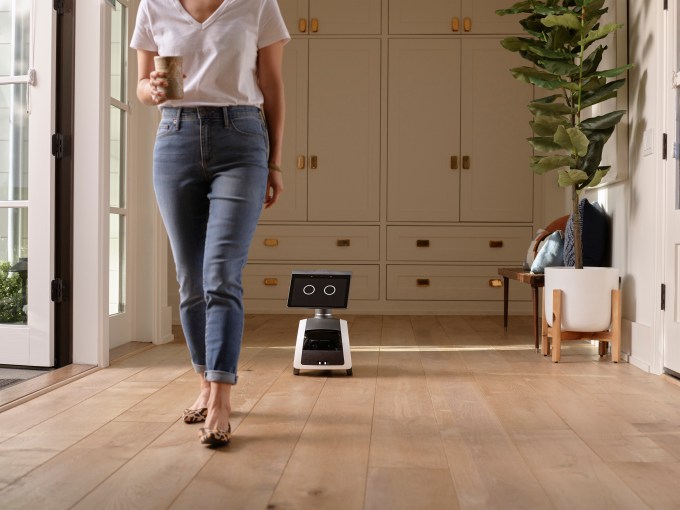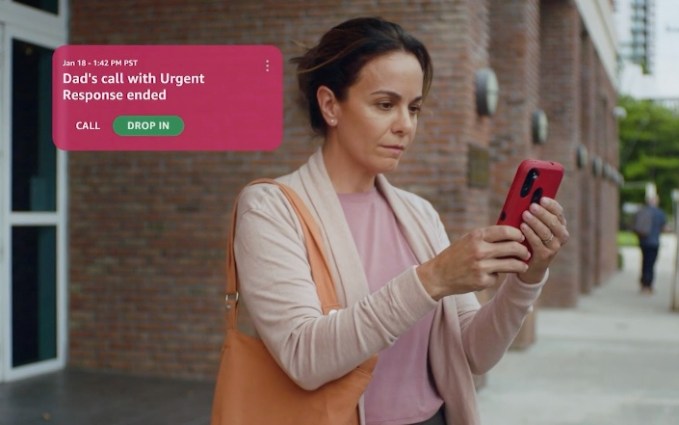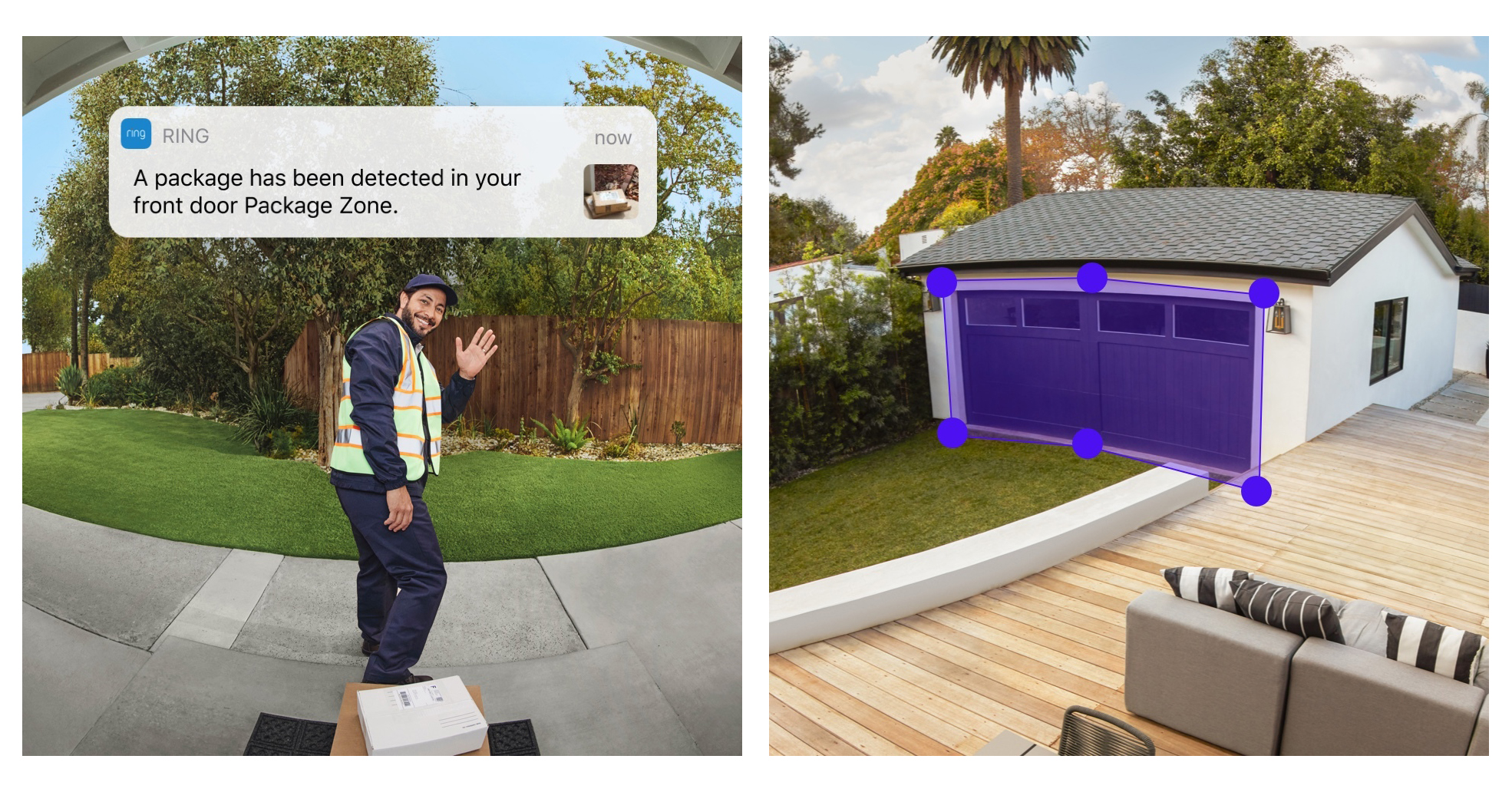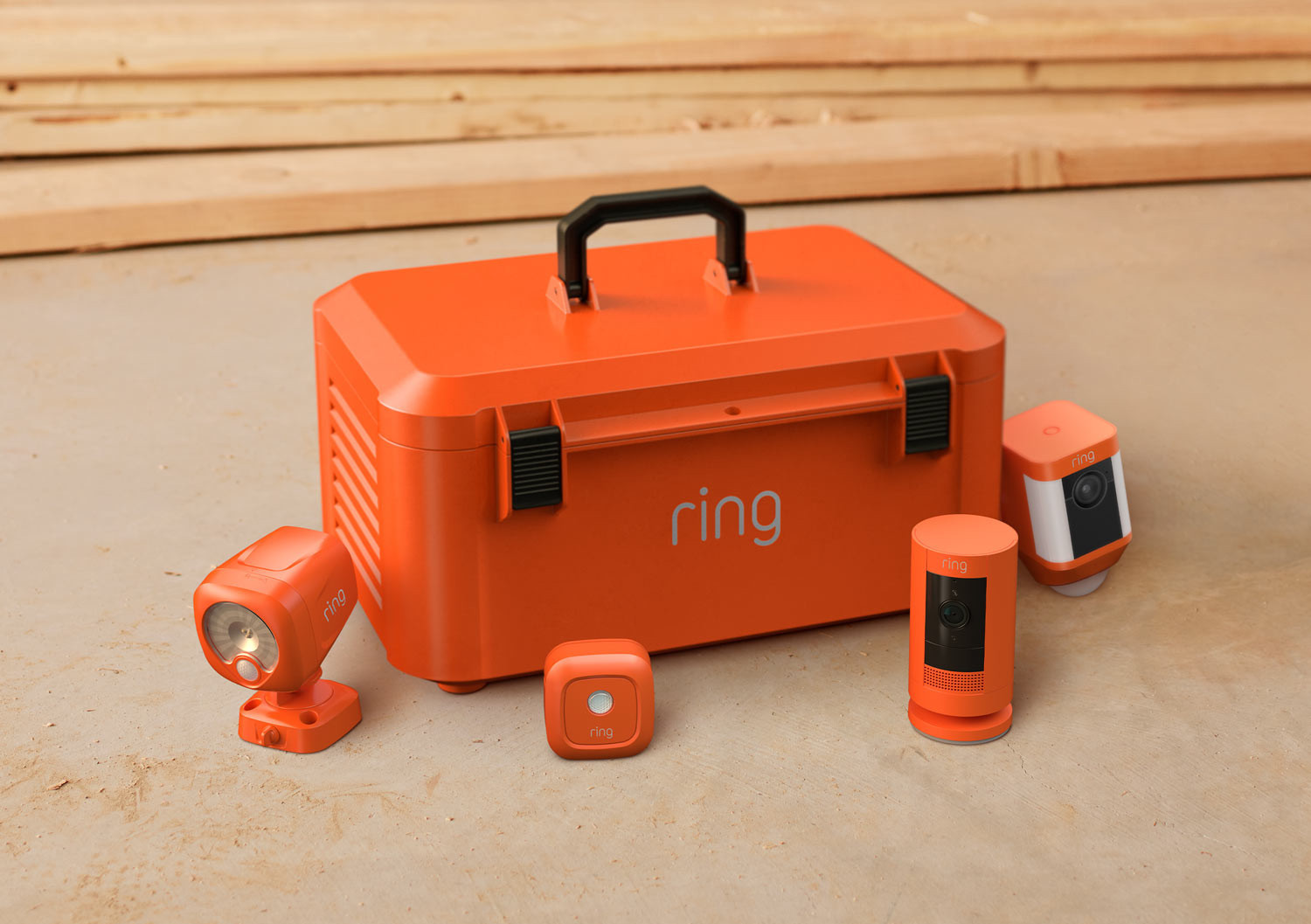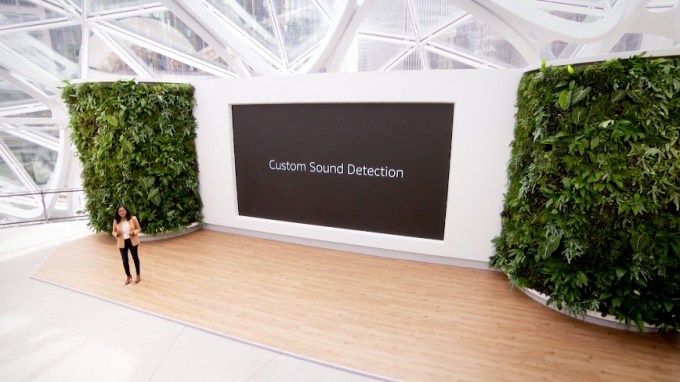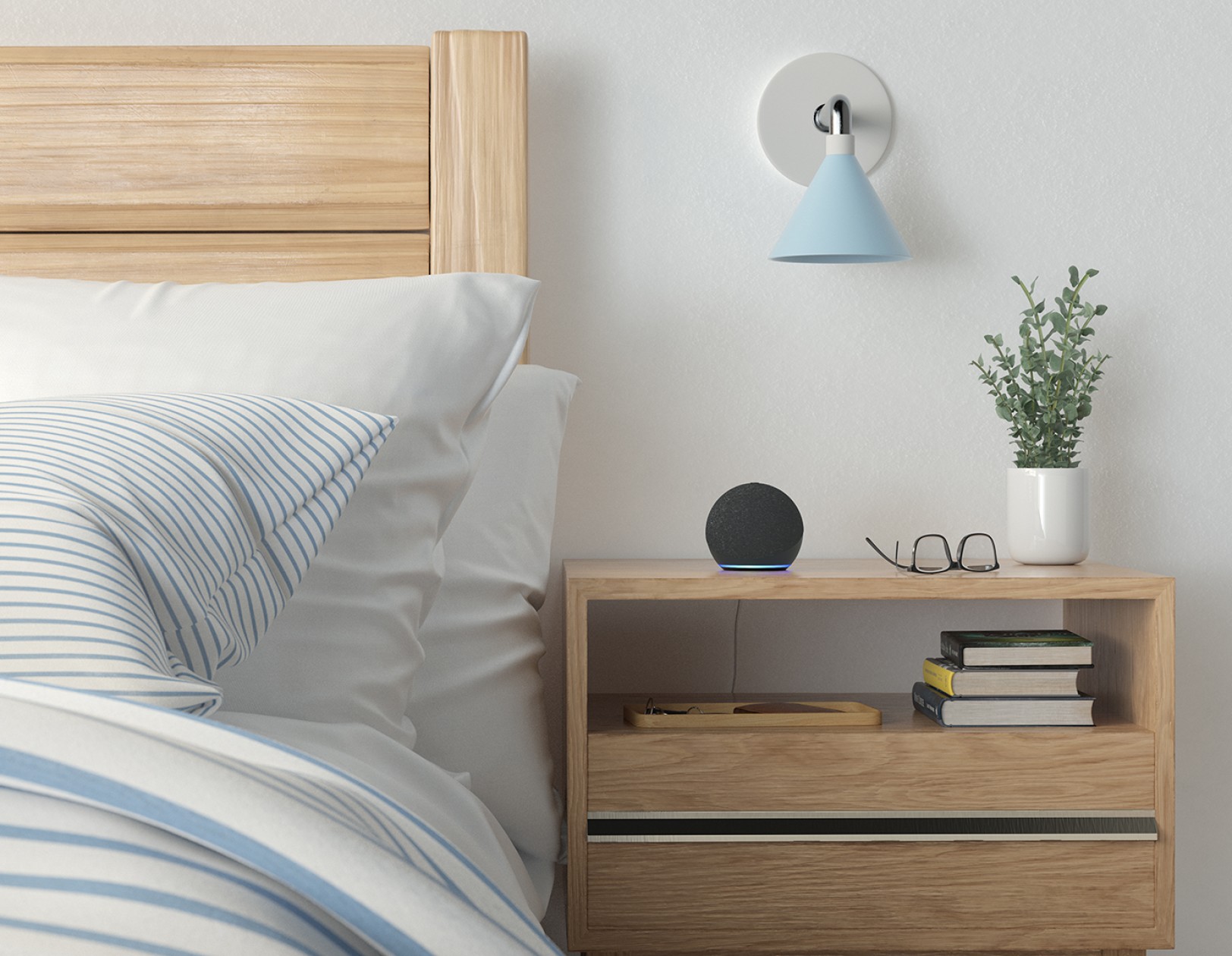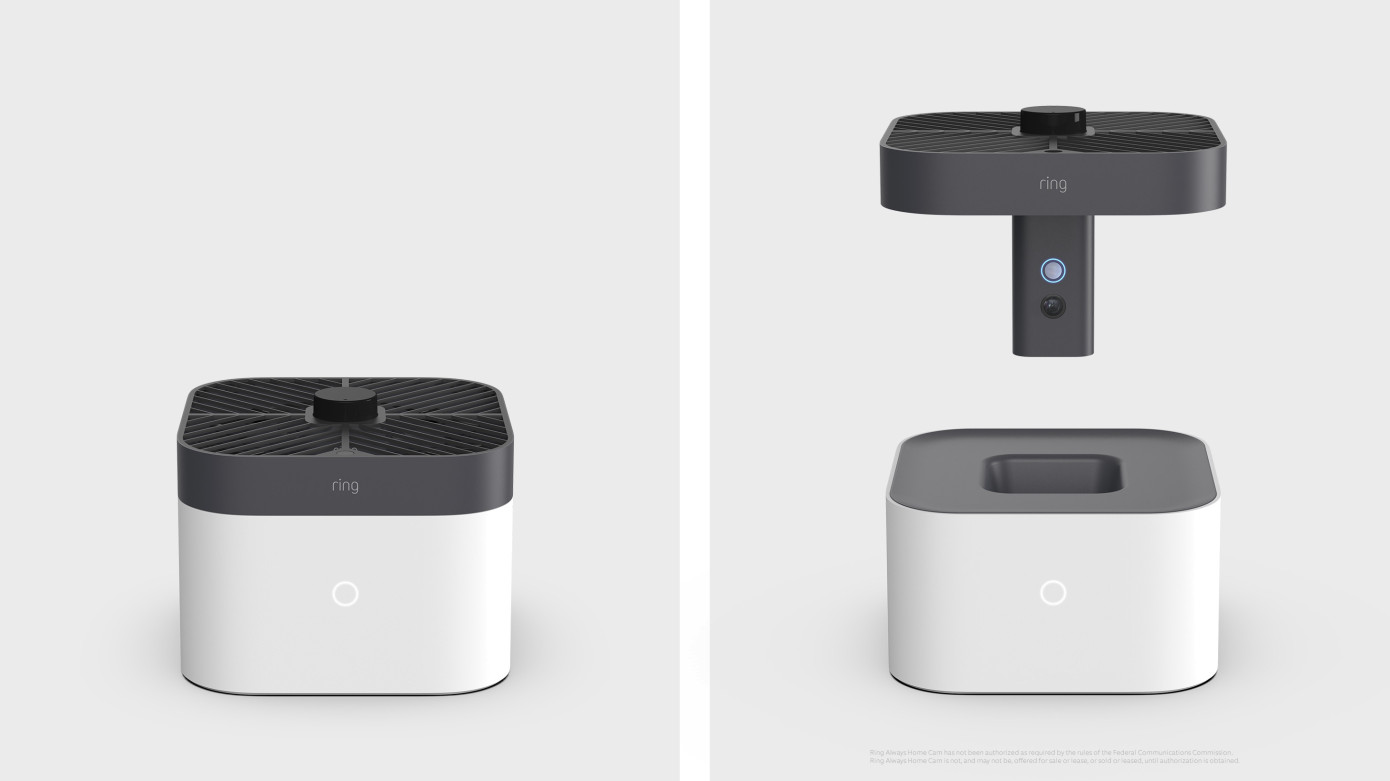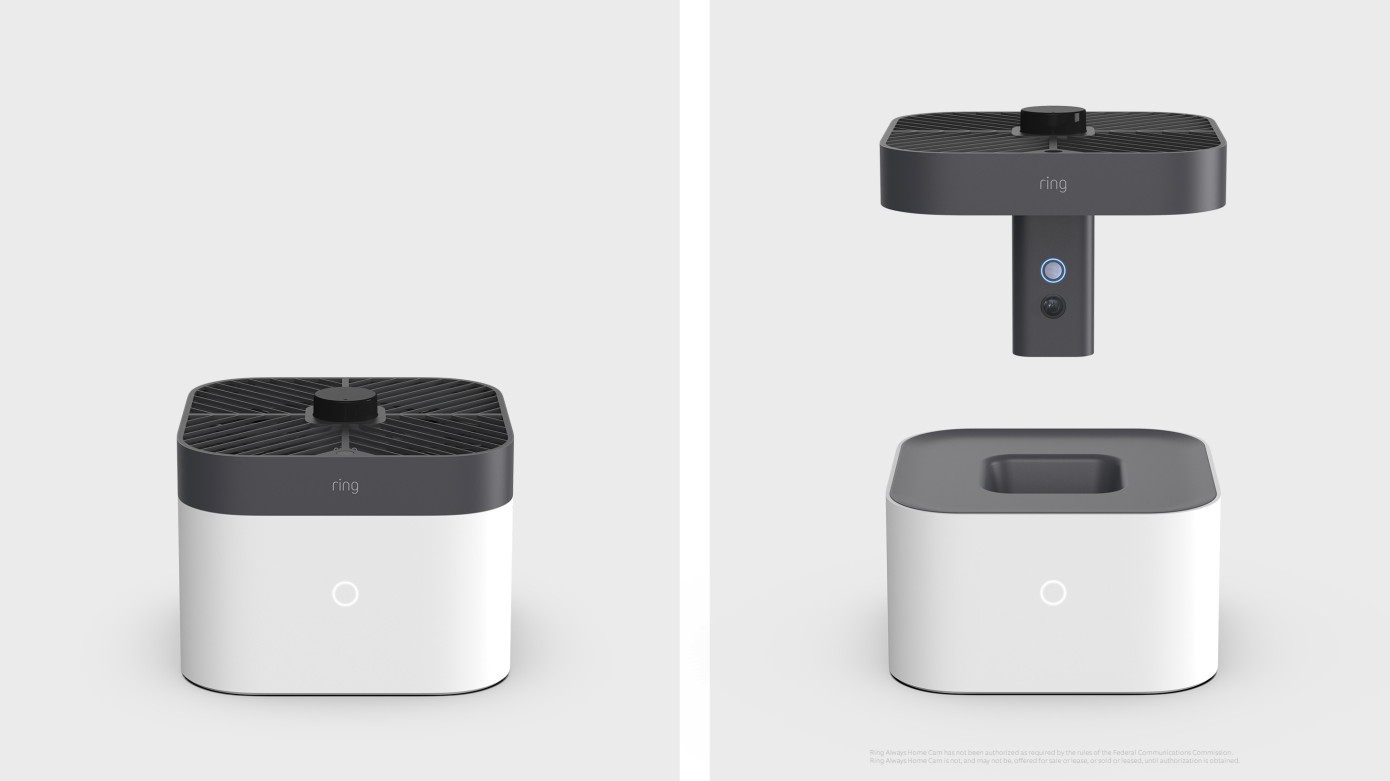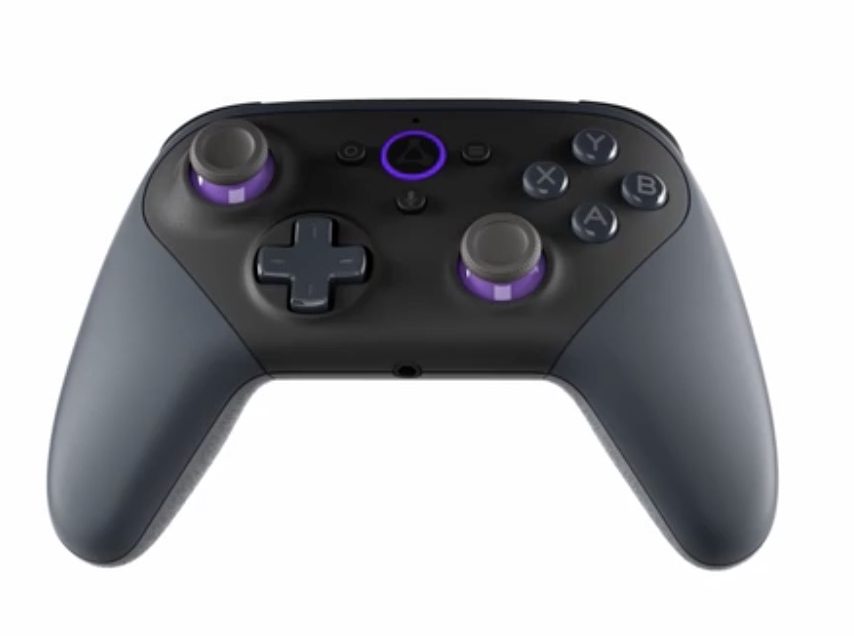Security cameras, for better or for worse, are part and parcel of how many businesses monitor spaces in the workplace for security or operational reasons. Now, a startup is coming out of stealth with funding for tech designed to make the video produced by those cameras more useful. Spot AI has built a software platform that “reads” that video footage — regardless of the type or quality of camera it was create on — and makes video produced by those cameras searchable by anyone who needs it, both by way of words, and by way of images in the frames shot by the cameras.
Spot AI has been quietly building its technology and customer base since 2018 and it already has hundreds of customers and thousands of users. Notably, its customers reach well beyond tech early adopters, spanning from SpaceX to transportation company Cheeseman, Mixt and Northland Cold Storage.
Now that Spot AI is releasing its product more generally, it is disclosing $22 million in funding, a $20 million Series A led by Redpoint Ventures, and a previous $2 million seed round that was led by Bessemer Venture Partners (which also participated in the Series A). Other investors are not being disclosed.
The gap in the market that Spot AI is aiming to fill is the one created by some of the more legacy technology used by organizations today: a huge amount of security cameras — in 2019 estimated at 70 million in the U.S. alone, although that also includes public video surveillance — are in use in the workplace today, usually set up around entrances to buildings, in office buildings themselves. in factories and other campus environments, and so on, both to track the movement of people as well as the state of inanimate objects and locations used by the business (for example, machines, doorways, rooms, and so on).
The issue is that many of these camera are very old, analogue set-ups; and whether they are older or newer hardware, the video that is produced on them is of a very basic nature. It’s there for single-purpose uses; it is not indexable and older video gets erased; and often it doesn’t even work as it is supposed to. Indeed, security cam footage is neglected enough that people usually only realize how badly something works or didn’t work at all just when they actually need to see some footage (only to discover it is not there). And some of the more sophisticated solutions that do exist are very expensive and unlikely to be adopted quickly by the wider market of very non-tech, analogue companies.
On top of all this, security cameras have a very bad rap, not helped by their multi-faceted, starring role in video surveillance systems. Backlash happens both because of how they get used in public environments — perhaps in the name of public safety, but still there as quiet observers and recorders of everything we do whether we want them there or not — and in how private security video footage gets appropriated in the aftermath of being recorded. In those cases, some of that is intentional, such as when Amazon’s Ring has shared footage with police. And some is unintentional — see the disclosure of hackers accessing and posting video from another startup building video systems for enterprises, Verkada.
Spot AI is entering the above market with all good intentions, CEO and co-founder Tanuj Thapliyal said in an interview. The startup’s theory is that security cameras are already important and the point is to figure out how to use them better, for more productive purposes that can cover not just security, but health and safety and operations working as they should.
“If you make the video data [produced by these cameras] more useful and accessible to more people in the workplace, then you transform it from this idea of surveillance to the idea of video intelligence,” said Thapliyal, who co-founded the company with Rish Gupta and Sud Bhatija. “It can help you make all sorts of important decisions.” Its ethos seems to come out of the idea that these cameras are here, so we need to find better ways of using them more effectively and responsibly.
The Spot AI system currently comes in three parts. The first is a set of cameras that Spot AI offers as an option to any of its customers, free of charge, currently to keep even if a customer decides to cease working with Spot AI. These cameras 5MP, IP-based devices, designed to upgrade the quality of video feeds, although Thapliyal points out that the Spot AI system can actually work with footage from any camera at all if necessary.
The second part is a network video recorder that captures video from all of the cameras you have deployed. These are edge computers, fitted with AI chips that process and begin reading and categorizing the video that is captured, turning it into data that can be then searched through the third part of Spot AI’s system.
That third part is a dashboard that both lets users search through a company’s video troves by keywords or processes, and to create frames and alerts on current streams to note when something has occurred in the frame (for example, a door opening, or a person entering a space, or even something not working as it should).
The idea is that this part of the video service will become more sophisticated over time (and indeed there are more features being added in even going from stealth into GA). While there are a number of IoT plays out there that are designed to help monitor connected devices, the pitch with Spot AI is that it can be more attuned to how connected and not-connected things are moving about in physical spaces, regardless of whether they involve connected devices or not.
I asked Thapliyal about the security issues reported about Verkada — both the incident involving malicious hackers earlier this year, and another accusation going back years about how some employees at the company itself abused its video systems. The company is close enough in targeting similar markets — and coincidentally both have a connection to Meraki, a WiFi tech company acquired by Cisco, in that both are founded by ex-Meraki employees — that I couldn’t help but wonder how Spot AI might insulate itself from similar issues, something that customers presumably also ask.
“Verkada sells hardware, and their cloud software only works with their hardware,” he responded, adding that “They’re pretty expensive; up to a few thousand dollars per camera.” (Spot AI’s cameras are free, while the deployments begin at $2,200.) “They also sell more hardware for building security – like access control, environmental sensors, etc,” he added, calling it, “a terrific set of products with terrific software.”
But, he noted, “We’re not in the hardware business. Our only focus is to make video easier to access and use. We only charge for software, and give away all camera hardware for free if customers want them. Our bet is that if we can help more customers get more value out of video, then we can earn more of their business through a software subscription.”
And on security, the company’s concept is very different, built around a zero-trust architecture “that siloes access away between customers and requires multi-factor authentication for any systems access,” he said.
“Like other technology companies, we are always reviewing, challenging, and improving our cybersecurity. Our goal is to provide a great web dashboard, and let customers choose what’s best for them. For example, cloud backup of video is an optional feature that customers can opt into, at no extra charge. The product fully works with private and local storage already included in the subscription. This is particularly helpful for healthcare customers that have HIPAA requirements.”
It’s good to see the company having a position, and product set, that is aiming to address issues around security. The proof will be in the pudding, and it still remains predicated on the basic idea of video surveillance being something that can be used without being abused. That could make it a non-starter for many.
All that aside, though, it seems that for investors, the main message is how the company has created a tech platform with enough utility that it is finding traction in as wide a way as possible, including with non-tech customers.
“There is a flood of new users and companies driving daily decisions using their cameras. In an industry crowded with legacy vendors, Spot AI’s software-focused model is by far the simplest choice for customers,” said Tomasz Tunguz, MD at Redpoint Ventures, in a statement.
“Today, only the world’s biggest businesses have access to proprietary AI camera systems, while most small and midsize businesses are left behind,” added Byron Deeter, a partner at Bessemer Venture Partners. “Spot AI’s easy-to-use technology is accelerating the consumption of video data across all businesses, big and small.”
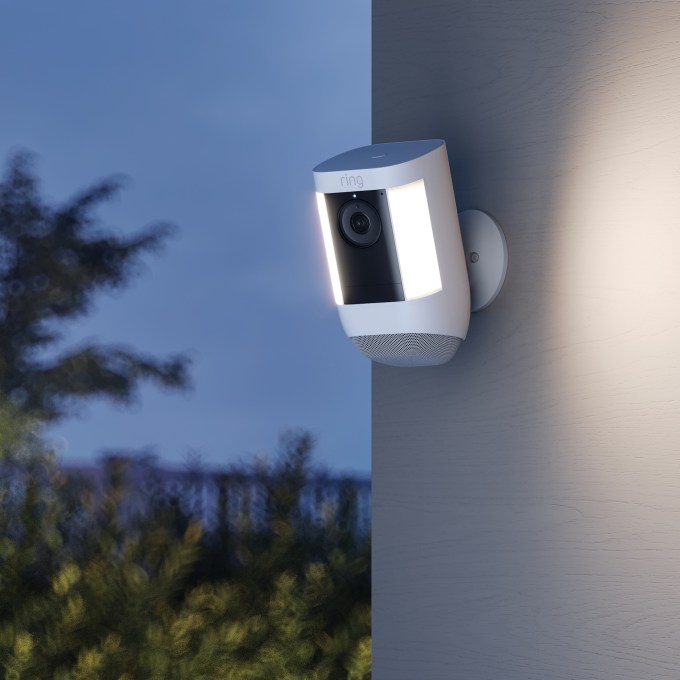
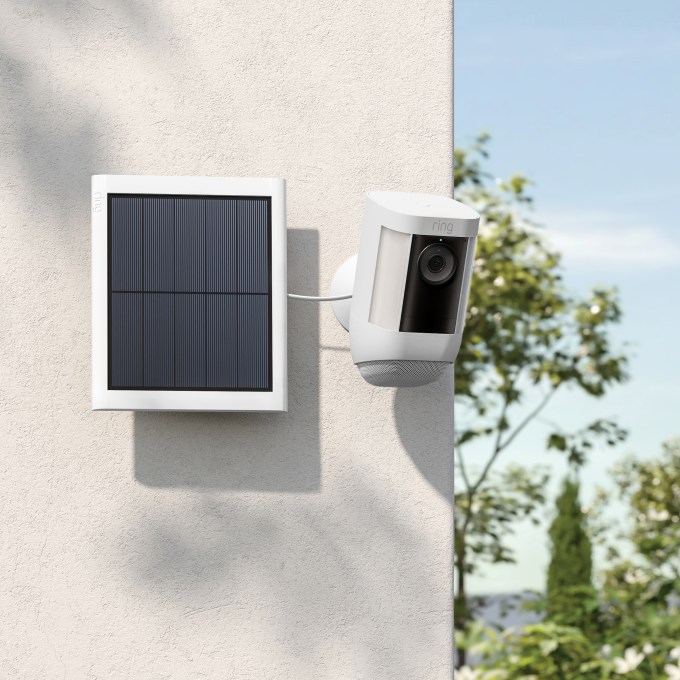
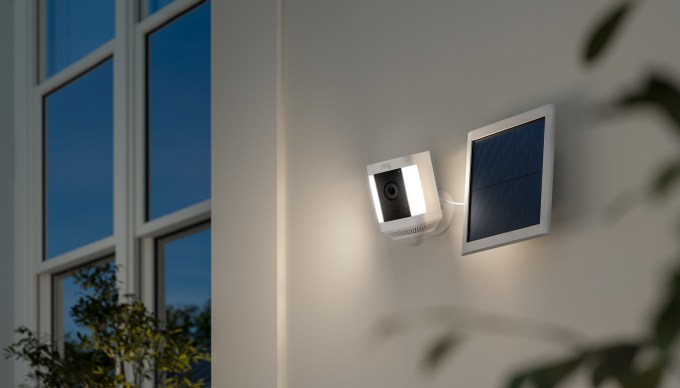
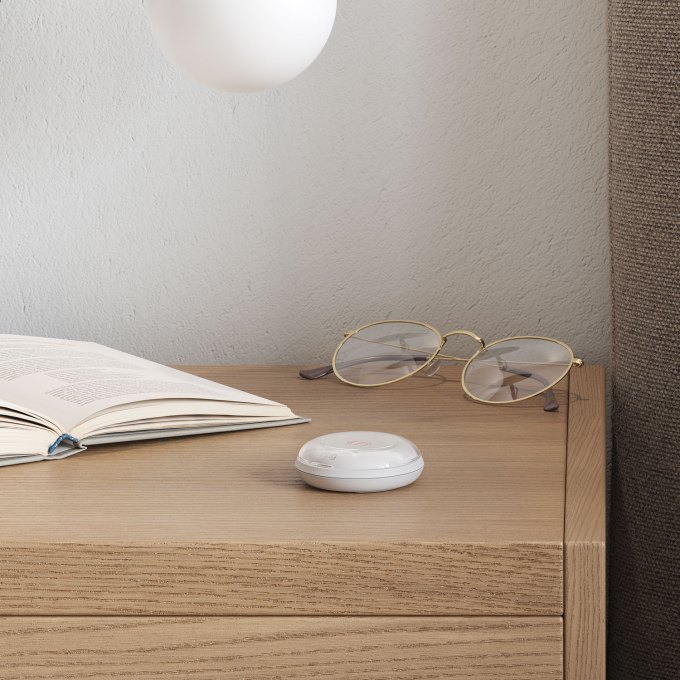

 like this feel kind of…icky?
like this feel kind of…icky?
